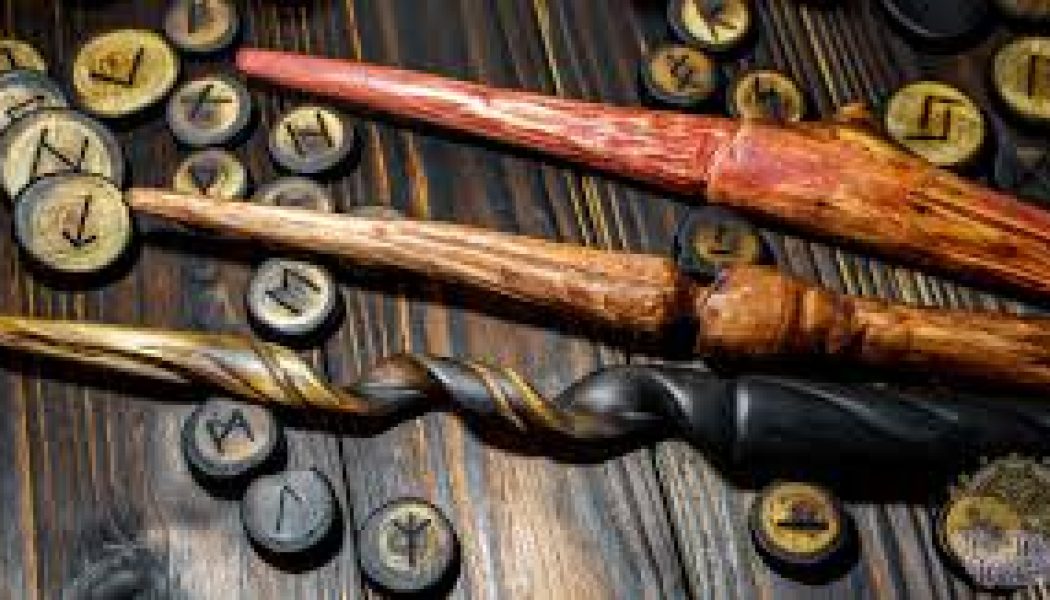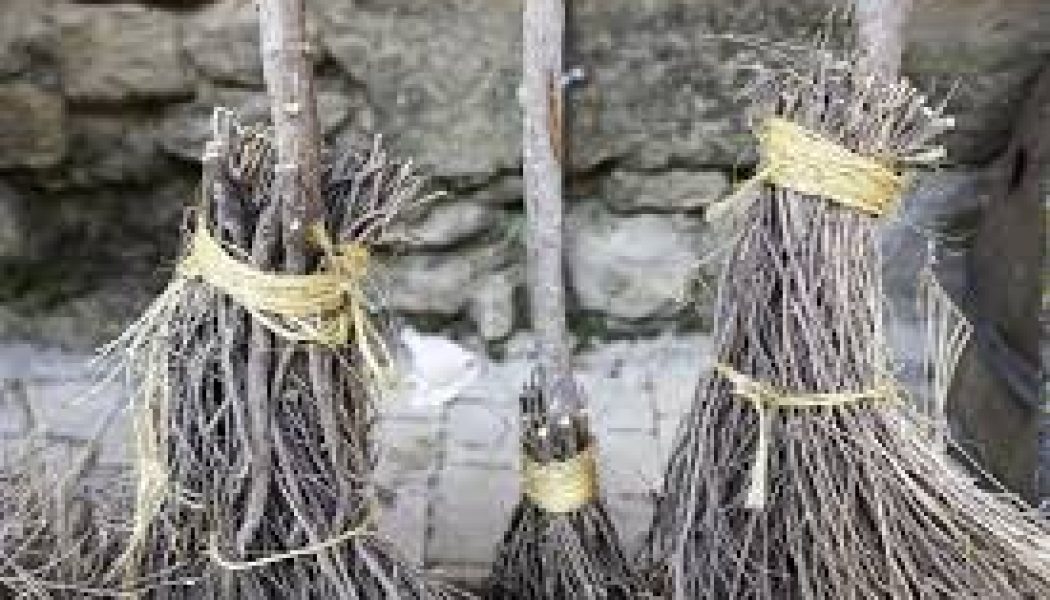Magick Materials
The Key & its Symbolic Power
The key is symbolic of the power to open and the power to lock. This concept is displayed in the symbol of the dove and the key, signifying the spirit that opens the gates of heaven. In Roman mytholog...
The Wand & Witchcraft
As with all magical tools, it is not the wand that causes magical transformation, but the Witch, who energetically charges the wand with magical intention. As a shape, it takes the form of a line, and...
Witch’s Broom
The besom is the traditional witch’s broom. It’s associated with all kinds of legend and folklore, including the popular notion that witches fly around in the night on a broomstick. In addition to bei...
Witches Garters
Ornaments with magical properties, and in contemporary Witchcraft, are sometimes worn in various rituals and as badges of rank. Garters may have been used in rituals in Paleolithic times: an ancient c...







